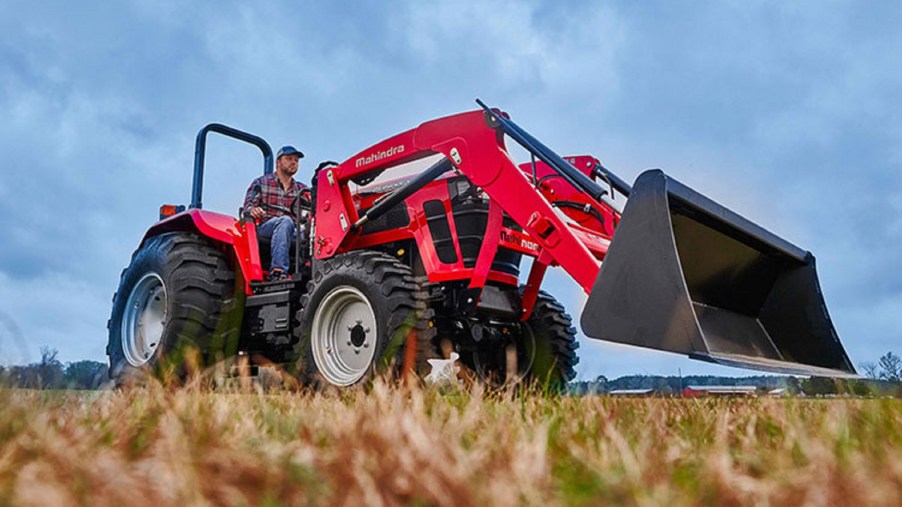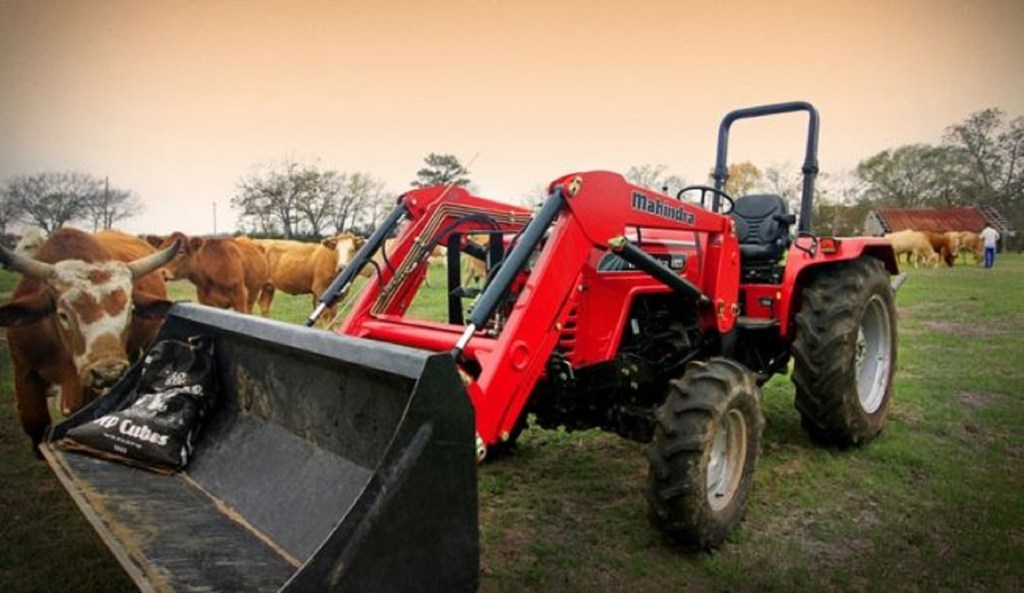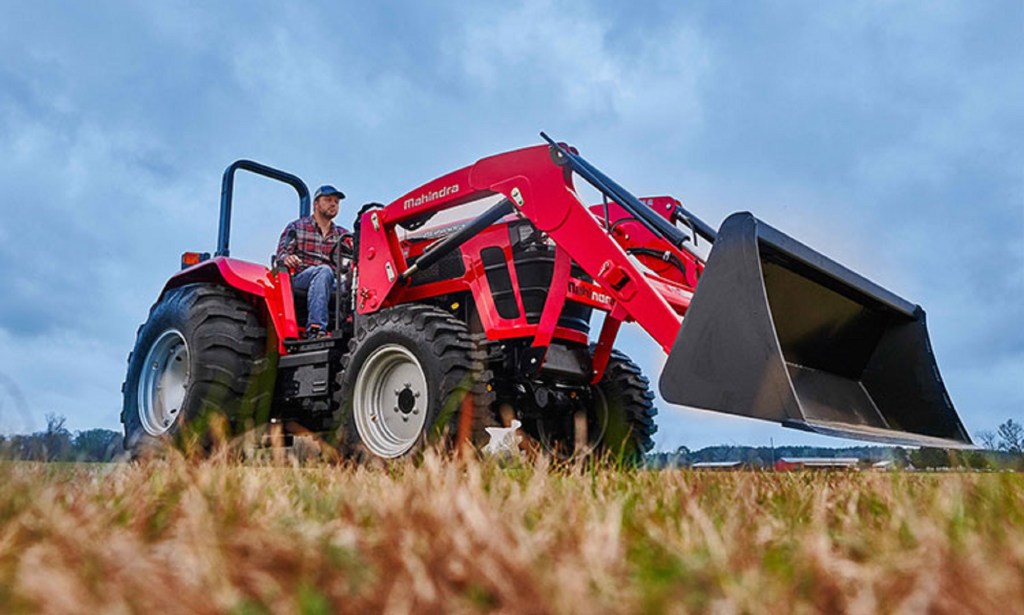
Mahindra’s New Utility Tractors Are Ready to Go to Work
It’s earned some fame with its Jeep look-alikes, but that’s not all that Indian brand Mahindra offers. In the US, people are likely more familiar with Mahindra tractors than cars. And that familiarity is rising, partially because while John Deere leads North American sales, Mahindra is the world’s best-selling tractor brand. But it also might rise because the brand is expanding its lineup with two new utility tractors.
The Mahindra 5100 Series comes to round out the brand’s utility tractor lineup

In addition to utility vehicles, Mahindra’s US agricultural lineup includes sub-compact, compact, and utility tractors. Tractors that fall into the latter category have 40-100+ hp, often have cabs and front-end loaders, and are compatible with a wide range of accessories, Agricultural Review explains. As a result, they can “tackle pretty much any task a farmer can imagine,” Hobby Farms says. Basically, utility tractors are the Swiss Army knives of the tractor world.o
Mahindra offers several utility-tractor ‘Series’ in the US: the 5500, the 6000, the 7000, the 8000, and the 9000. It also has a line of compact utility tractors, which are less powerful, but smaller and easier to maneuver. CUTs are also easier to park, gentler on the ground, and cheaper. And Mahindra’s biggest CUT is the 4500 Series, with up to 48 hp, 4WD, and a 3527-lb three-point hitch capacity.
Mahindra’s new 5100 Series isn’t designed to replace the 5500 and 4500 Series. Instead, it comes as the Indian company starts focusing more heavily on its North American customers, who have different needs than Indian ones, Forbes explains. So, rather than replacing the smallest utility tractor and the largest CUT, the 5100 Series slides neatly between them. And these truly brand-new (“from front to rear”) tractors come as the 30-50 hp market sees strong growth, Progressive Farmer notes.
The Mahindra 5145 and 5155 utility tractors are built to work

Mahindra’s new 5100 Series includes two models: the 5145 and the 5155. Both are designed around first-time tractor buyers in the “rural lifestyle market,” but can also serve as commercial machines, PF says. And their release comes after an initial round of ‘seeding’ trials that saw Mahindra implement over 100 changes to the utility tractors’ controls and designs.
The biggest difference between the Mahindra 5145 and 5155 is their power output. As its name suggests, the 5145 makes 45 hp, while the 5155 makes 55 hp. The latter utility tractor is more powerful because it’s turbocharged, while the 5145 is naturally aspirated. Both models, though, have Mahindra diesel engines. But unlike with automotive diesel engines, neither require special exhaust fluid or particulate filters.
The diesel engine pairs with a constant-mesh 12-speed transmission, with forward and reverse gears, and standard 4WD. Mahindra’s new utility tractors also have three-point hitches with CAT I and II connectors and flexible links. Plus, while the 5100 Series models don’t have enclosed cabs, they do have mComfort seats, tilt power steering, and flat-foot platforms. Also, their front loaders can lift 3100 lbs to a height of 122”. And the optional backhoe attachment has a nine-foot reach and delivers almost two tons of force, PF reports.
How much do they cost?
Mahindra is slowly rolling out the 5100 Series utility tractors to US dealers. Each comes with a 5-year/30,000-mile limited powertrain warranty.
As of this writing, Mahindra hasn’t released official 5100 Series pricing on its website. However, a few 5145s and 5155s are floating around online for roughly $33,000. But as with many brands, supply chain issues mean you might be waiting for a while for your Mahindra tractor.
Follow more updates from MotorBiscuit on our Facebook page.


